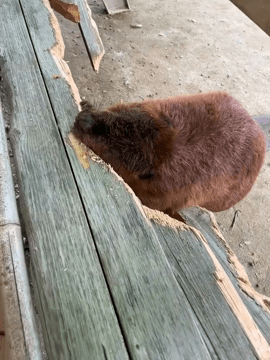
Hunting in Lowlands, Scotland: geography, types of hunting and hunting animals, hunting seasons and legislation in the region Geographical and natural features of the Lowlands region The Lowlands are the southern and eastern parts of Scotland, which have a relatively mild climate compared to the Highlands. The region is covered with dense forests, moorlands, fertile valleys and numerous rivers. Such a variety of landscapes creates ideal conditions for the habitat of various species of game. The main natural features that attract hunters: - Forests: The Lowlands are dominated by mixed forests with deer, roe deer and wild boar. - Reservoirs: The rivers and lakes of the region are rich in waterfowl, such as ducks and geese. - Moorlands: These open spaces are ideal for grouse and grouse hunting. Hunters and demographics of the region The Lowlands is one of Scotland's most popular hunting regions. According to local hunting associations, there are about 15,000 active hunters here, whic
Post: 21 May 14:29















































